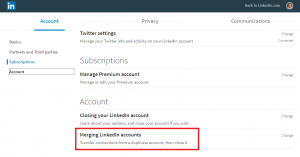Brands attempting to be ‘real’ and ‘human’ often make missteps that get them in trouble. Contributor Peter Minnium explains why this is important and how to get it right.
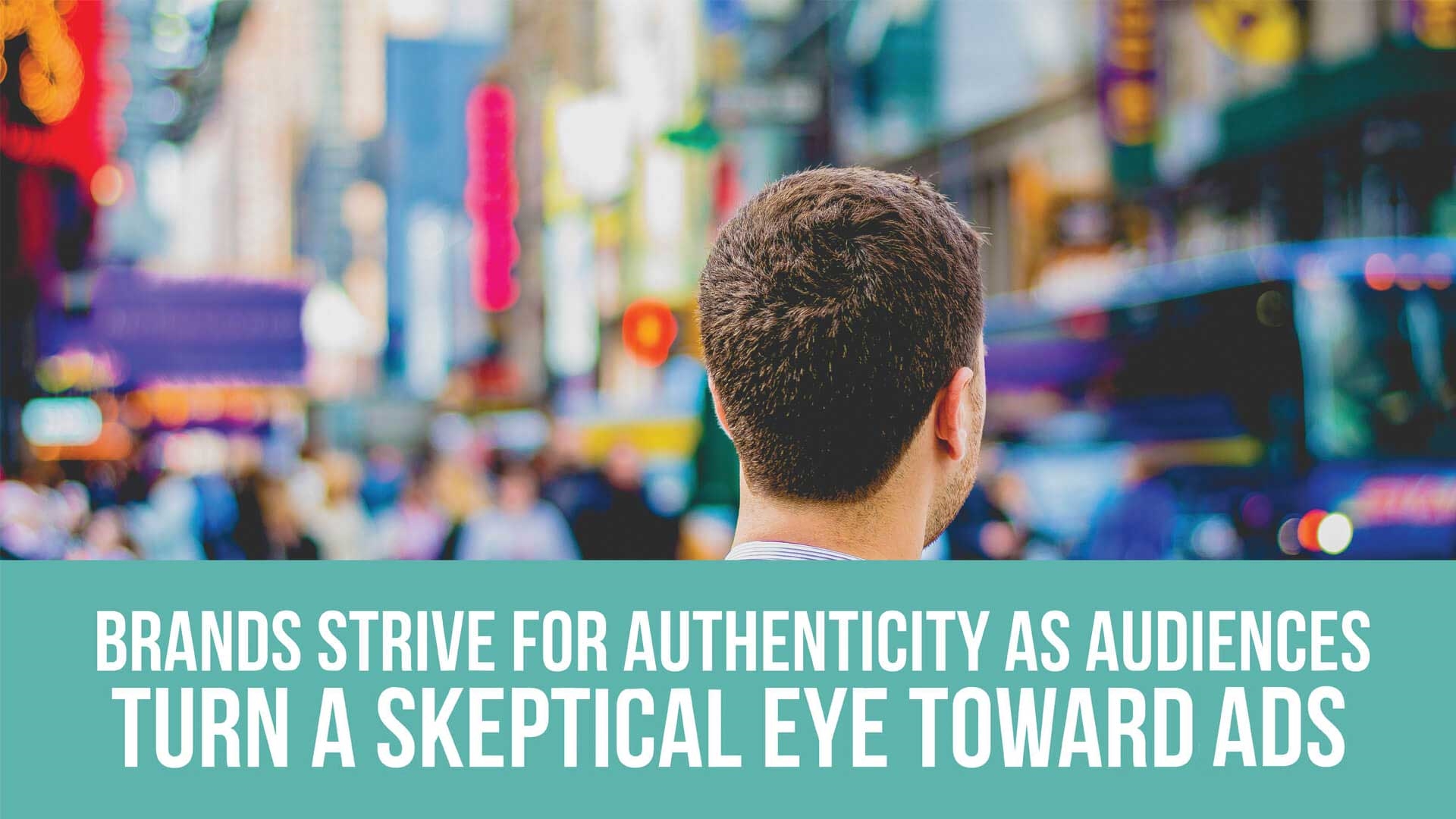
Consumers are experiencing a crisis of faith. According to the Edelman Trust Barometer, today only 52 percent of global respondents trust businesses. The figures are even more dramatic in the US, where a mere 48 percent are similarly trusting, down from 58 percent in 2017. Brands clearly need to re-evaluate their messaging strategies if they are to regain the public’s confidence.
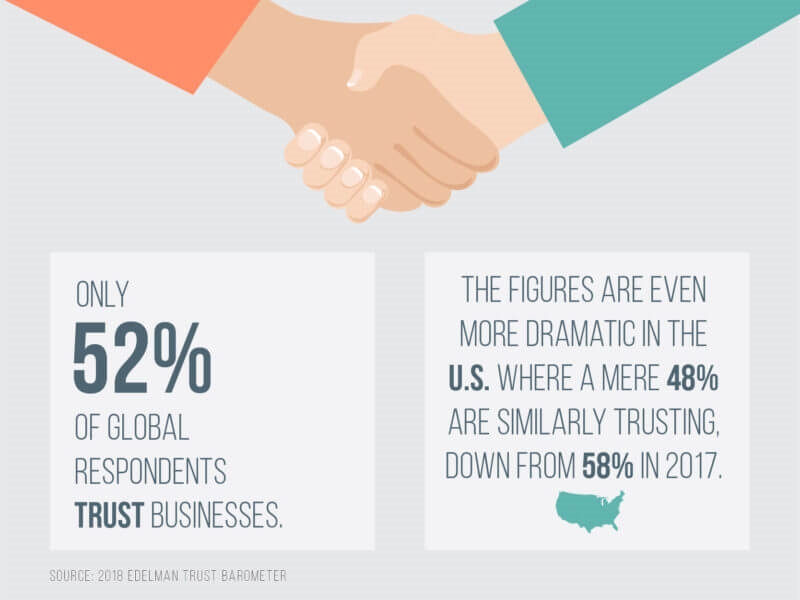
In a world overrun with fake news, seamless product placement and media scandals, it can be difficult to know what to believe. Young people especially are concerned with the increasingly murky distinction between truth and fiction, and the power of the internet permits unprecedented fact checking and scathing indictments of falsehood.
Researchers have responded to the growing insistence on truth with calls for brand authenticity, a concept that is still poorly defined, despite a slew of analysis and opinions. Tied into this search for authenticity is an emphasis on brand “purpose,” another ambiguous concept that pushes brands to represent themselves as socially responsible actors.
Social media is a marketing minefield
Brand authenticity is vulnerable to criticism, as marketing strategies often rely on the artful fusion of reality and fantasy. Additionally, the impulse to capitalize on popular trends and to reach audiences on their own terms often drives brands to improperly use cultural idioms or otherwise present themselves and their products in a manner deemed “inauthentic.”
Nearly 70 percent of social media users surveyed by Survata for Sprout Social last year were irritated by the use of inappropriate jargon or slang by brands, and their annoyance can have dire consequences — 51 percent of those surveyed would unfollow a brand that they found annoying on social, and 23 percent would go so far as to vow to never buy the brand’s products again.
Consumer mistrust extends beyond the digital realm. A 2015 Ipsos (my employer) study commissioned by the 4A’s found that only 4 percent of respondents believe the advertising industry behaves with integrity. Consumers are scrutinizing brand messaging and public profiles more than ever before and are quick to condemn brands they feel are being deceitful or inconsistent.
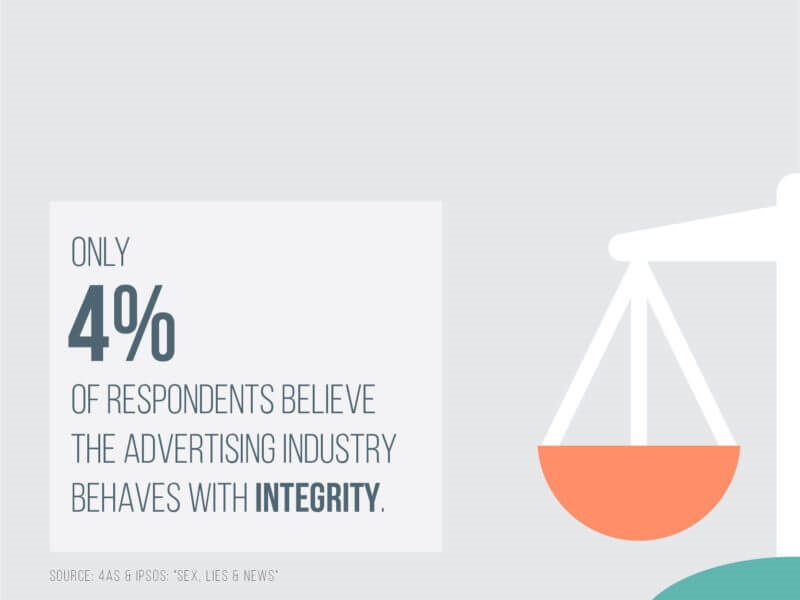
Almost half of social media users have called out brands, 60 percent of whom did so because of perceived dishonesty, relative to a mere 45 percent who complained about a bad product experience, according to a Sprout Social analysis last year. While brands can regain some credibility with a sincere apology, messaging missteps can seriously affect brand loyalty, making consumers reluctant to share the brand with friends.
Brand purpose as a guide to authenticity
The good news is that behavioral science insights, coupled with an understanding of consumer attitudes, can help brands create authentic content that engages audiences without inspiring cynicism and mistrust. This process begins with an honest evaluation of a brand’s role in the marketplace and a unification of this purpose with the brand’s message.
To understand a brand’s purpose, look no further than the consumer needs it fills and the qualities that drive consumers to choose it over competitors. It is tempting to conflate purpose with the broader concept of social responsibility, but this equation is overly general and is most often unaligned with the perceived role of the brand in society and the marketplace.
Social concerns that coincide with brand purpose clearly make for powerful ads. Ariel India’s award-winning “Share the Load” campaign promoted their detergent and an equitable distribution of household labor with great success. By leveraging the intersection of clean laundry with a relevant social issue, they created an attention-grabbing and impactful message.
What consumers really want
That said, products are first and foremost the vehicles through which brands seek to make the world a better place. Their impact may not be earth-shattering, but the physical and psychological value they offer is central to their purpose and, while consumers would prefer brands to act ethically, they are unlikely to sacrifice quality for social responsibility.
Only 12 percent of millennials surveyed by Ipsos MORI in 2015 were interested in rewarding socially responsible behavior with product purchases, and just 16 percent reported that they would boycott a product in response to ethical misconduct. This doesn’t mean that brands should behave irresponsibly, but a brand’s positive social impact is not an alternative to traditional marketing.
Brands that improve their products and organizations in a manner consistent with the tangible and perceived value they offer consumers are taking the first step toward authenticity. It is equally important, however, for brands to curate their messaging in a way that is aligned with their purpose and with consumer perceptions of brand culture.
Consistency is key to authenticity. In today’s fragmented media environment, brand messaging often varies from source to source. While it is necessary to curate content with respect to context and audience targets, it is vital that brand messages be synchronized, because today’s consumers expect their experience to be consistent across devices and platforms.
Sunshine is the best disinfectant
Consumers also want to know what goes into the products they buy and where they come from, so the easiest way to communicate authenticity is through honesty about production and organizational impact. A 2016 Label Insight study revealed that nearly all consumers are likely to be loyal to transparent brands, and 73 percent are willing to pay more for transparency.
Consumers perceive authenticity in what they see as genuine. Brands can achieve this with content that highlights a tradition of quality manufacturing and delivery or by expressing how their mission is reflected in products and company culture, all within the context of the brand’s perceived social role.
Telecommunications companies, for example, can emphasize the ways they connect people or launch initiatives that are geared toward facilitating interconnectivity. Likewise, restaurant chains can point to improvements in ingredient or preparation quality and emphasize the ways they bring families and friends together over a meal.
Getting consumers to listen
A vast majority (95 percent) of purchasing decisions are made subconsciously, according to Harvard Business School professor Gerald Zaltman. Listing ingredient sourcing on a fast food placemat, or emphasizing a brand’s long history of quality with an old-timey ad, could be the best way to reach a skeptical audience, as we know consumers evaluate a brand’s authenticity in terms of subtle messaging cues, not just overt gestures.
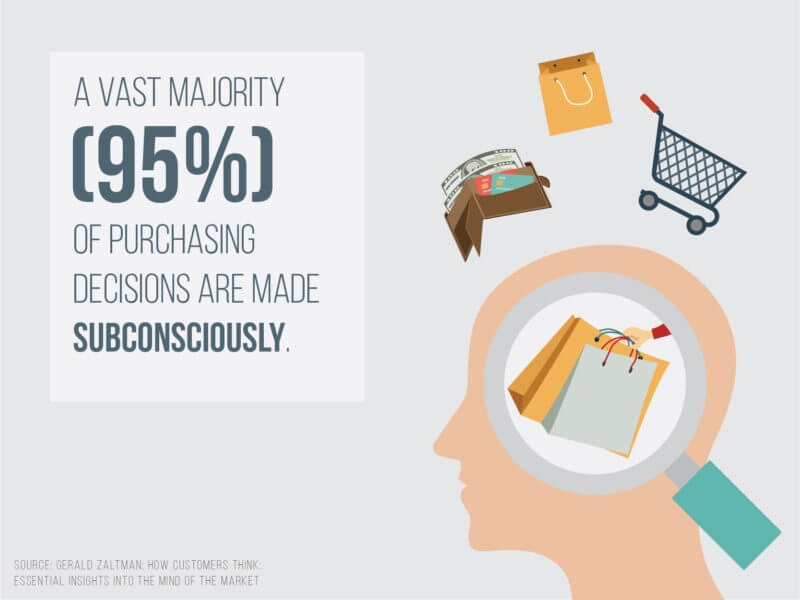
Brands should also focus on showing, not telling. Consider Patagonia’s “Don’t Buy This Jacket” campaign, which emphasized the durability — and longevity — of their product while asking their audience to be thoughtful consumers. Rather than making grandiose claims of environmental responsibility, they gave concrete examples and got their customers involved.
The rewards for brands are evident. A 2014 Cohn & Wolfe study shows that brand authenticity is more important than product utility or innovation, and this import translates to purchasing behavior. Two-thirds of respondents were willing to choose an authentic brand over a competitor, while 59 percent were more likely to share authentic brands with friends and family.
Authenticity is a consumer-first mentality
Brand authenticity is rooted in the overlap between what a brand does and what consumers want. It is an expression of how a brand transcends the pursuit of profit, whether by keeping customers informed about a product’s ingredients to enable healthy choices or by giving them more time to spend with friends and family through a simplification of their daily routine.
Authenticity can also be seen in the negative, as a movement away from spin and gimmickry. Thanks to the internet, consumers are savvier than ever before. They want brands to respect their intelligence and alleviate their anxiety about misinformation by presenting themselves honestly and consistently. Paradoxically, the era of fake news is also one of truth.
Opinions expressed in this article are those of the guest author and not necessarily Marketing Land. Staff authors are listed here.
Marketing Land – Internet Marketing News, Strategies & Tips
(50)
Report Post







